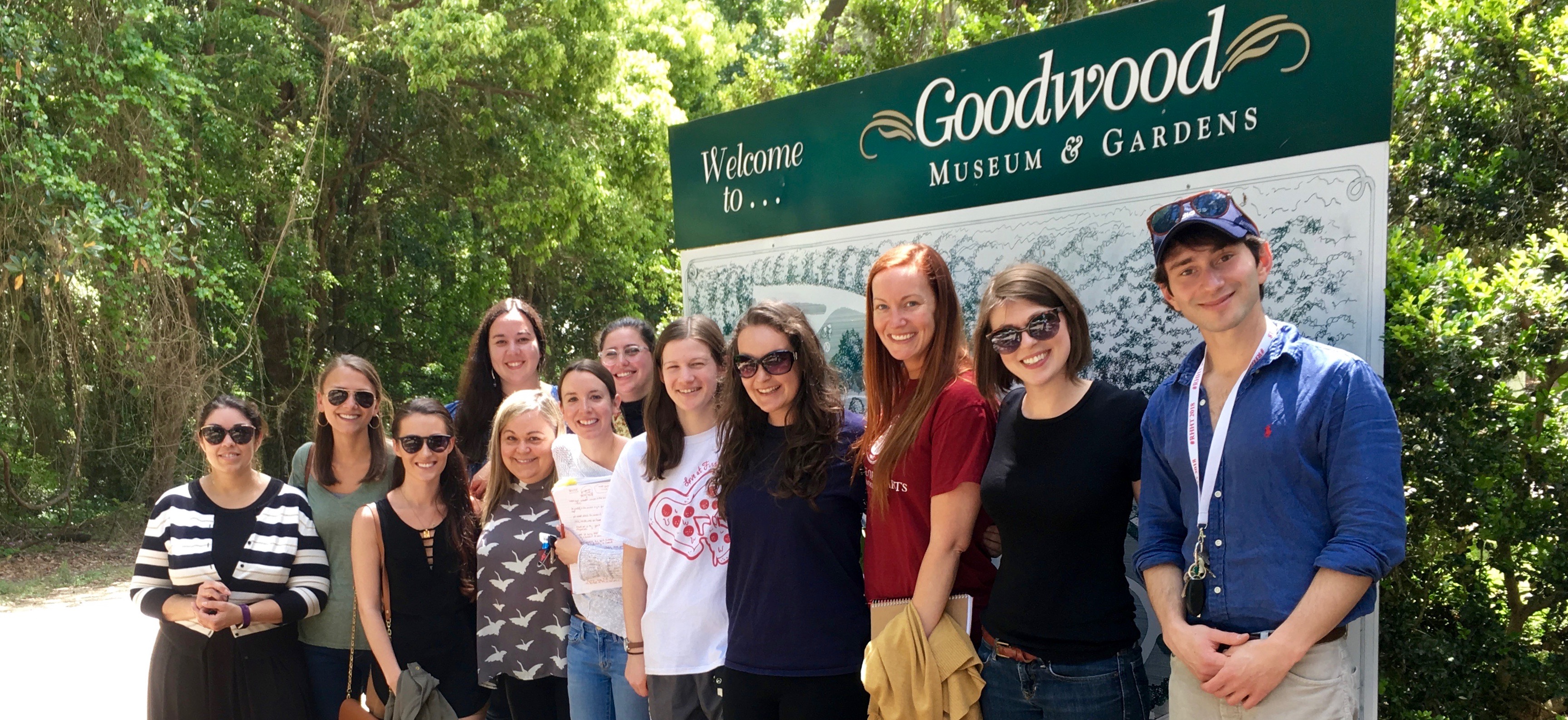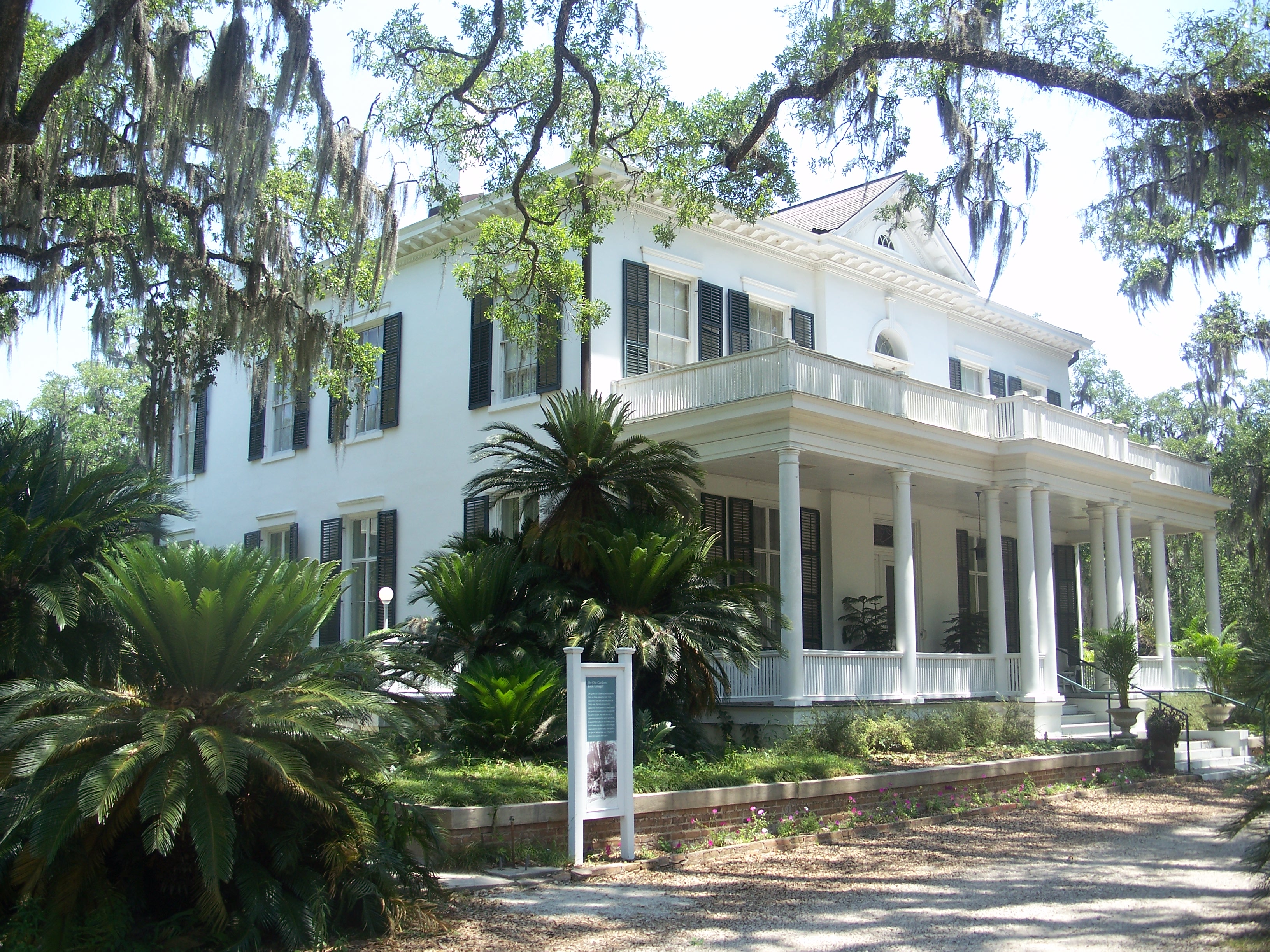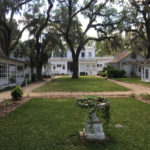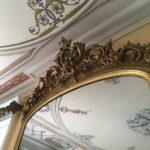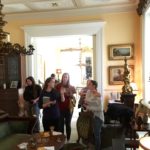Professor Paul Niell’s Graduate Seminar Contributes Research to Goodwood Museum and Gardens
In the spring of 2018, Associate Professor Paul Niell led a graduate seminar titled “Plantation Architecture and Landscapes of Florida and Beyond.” In a partnership with Goodwood Museum and Gardens, Dr. Niell had his students develop their semester-length research projects on the plantation’s antebellum and post-bellum history.
Assisted by co-directors Nancy Morgan and Jennifer Humayun, along with a number of volunteers, students conducted on-site studies of Goodwood’s art, architecture, landscape, and material culture. They examined documentary resources in the museum’s collections, the State Archives of Florida, and the Tallahassee Bureau of Archaeological Research, and they consulted local historians. This research enabled them to make regional comparisons of historic architecture across North Florida, from Monticello to Apalachicola.
The research projects focus on a range of topics, including cemeteries, mural paintings, staircases, house plans, outbuildings, slave quarters, gardens, ceramics, mirrors, and heritage management. Dr. Niell’s students combined empirical analysis and theoretical sources to produce new insights and original interpretations of Goodwood and other north Florida plantation landscapes.
Their research will be used by the directors and docents at the museum, as well as a team of archaeologists from the Panhandle Archaeological Society of Tallahassee (PAST), who are investigating the sharecropping-era structure known as Cline’s Cottage. Through interdisciplinary approaches these students consider plantation architecture at Goodwood and beyond as a problem of landscape –that is, a socially mediated environment in which all aspects of architecture and material culture played an active role in the constitution of daily antebellum and post-bellum life.
